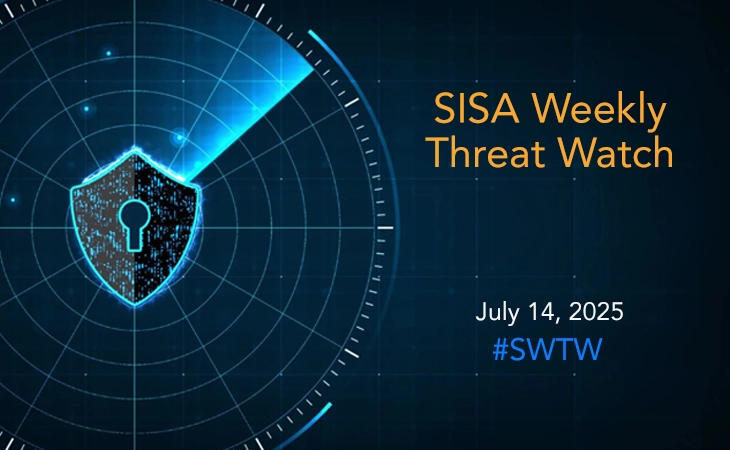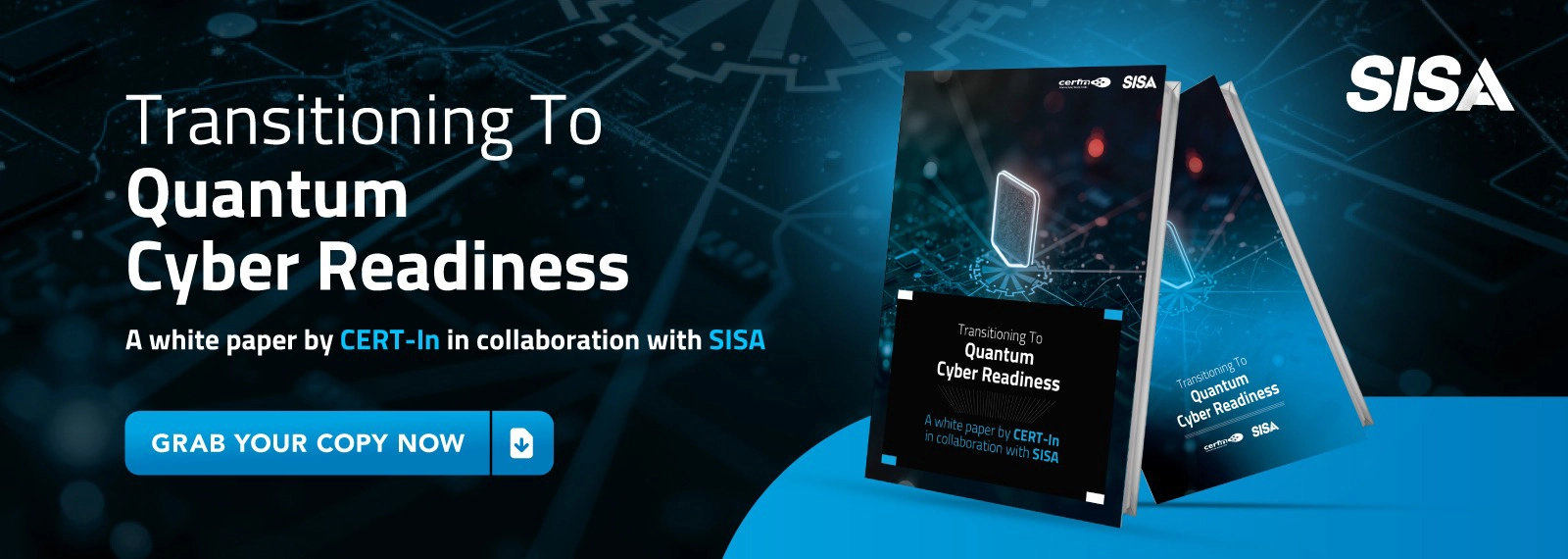

Evaluating the benefits of MDR service vs In-house SOC
While in-house SOCs have traditionally been the go-to solution, the increasing complexity of managing them has made third-party Managed Detection and Response solutions an attractive alternative. With an MDR solution, organizations get a subscription-based service that provides the same or higher level of security monitoring and response capabilities as an in-house SOC, but at a much lower cost.
In the constantly evolving cyber threat landscape, security teams often face a common dilemma. In their effort to meet growing detection and response challenges, they must decide whether to build new capabilities in-house or outsource some or all of their security operations. Often the speed necessary to secure the environment is at odds with a team’s ability to build or find a solution. Notwithstanding the dilemma, two primary approaches dominate the cybersecurity landscape: in-house Security Operations Centers (SOCs) and third-party Managed Detection and Response (MDR) services.
An in-house SOC is a dedicated team within an organization that monitors and analyzes the organization’s security on a 24/7 basis. It is responsible for early detection, analysis, and mitigation of cyber threats. MDR, on the other hand, is an outsourced SOC where third-party service providers offer continuous monitoring, threat intelligence and detection, reporting, and incident response. This blog explores the benefits of opting for MDR solutions vis-a-vis running an in-house SOC.
Partnering with an MDR service provider offers several benefits that range from cost savings and scalability to access to expertise and advanced threat detection.
Lower Total Cost of Ownership (TCO)
Building an in-house SOC costs a lot more than partnering with an MDR provider. Setting up a SOC typically involves one-time implementation cost (purchases of tooling/technology, installation of hardware/software and set-up of necessary infrastructure); recurring costs (such as hiring and training resources) and other administrative overheads (facility costs, utilities, and insurance). A basic SOC that provides mostly detection with limited investigation and no proactive threat hunting is likely to cost about $1M-$1.5M per year, and this can go up to $5M for advanced SOC that require heavy investment in tooling and threat intel feeds1.
On the contrary, Managed Detection and Response services operate on a subscription-based model, making it a cost-effective solution for businesses of all sizes. Pricing for MDR is typically calculated based on the number of assets in the environment, which works out to $8-$12 per device/log source2. Assuming the average number of endpoints (servers, employee computers, mobile devices) for a small to mid-sized company is 750, this works out to $6K – $9K a month for MDR. This translates into an annual TCO of around $100K, which is 15X lower than the equivalent cost for running a basic SOC.
Faster time to value
For a basic SOC, it would take about three months to set up and start operations, and six to nine months to achieve steady-state operations. For intermediate and advanced SOC, the set-up time extends to 9-12 months and 18-24 months respectively to achieve maturity. On the other hand, MDR solutions can be onboarded in a few weeks. This is because MDR providers leverage cloud-based platforms that can be easily integrated with existing security tools, such as Endpoint Detection and Response (EDR), Data Loss Prevention (DLP), Cloud Security Posture Management (CSPM), and Cloud Access Security Broker (CASB) solutions. This allows organizations to get up and running quickly, reducing downtime and improving the time to value.
Ready access to expertise
An in-house SOC offers greater ability to control and customize all the workflows, processes, and procedures needed to run security operations. However, the complexity and the inability to hire the right talent, train and retain them reduces the effectiveness of the SOC’s ability to detect attacks. High turnover of analysts resulting from high workload and alert fatigue, further exacerbates the challenge. According to a study by IBM, SOC members spend nearly one-third (32%) of their day investigating incidents that don’t actually pose a real threat to the business3, resulting in ineffectiveness and high burn out. With a Managed Detection and Response service, organizations have ready access to a team of cybersecurity experts with broad and diverse experience who provide 24/7 threat monitoring and detection as well as real-time incident response service. This addresses the skills shortage issue prevalent in the cybersecurity industry. Moreover, MDR services stay abreast with the latest threat intelligence, employ ML and AI technologies to reduce false positives and prioritize threats, enabling analysts to focus on high-priority incidents.
Advance threat detection
While a modern-day SOC offers everything from detection and investigation to remediation and orchestration, it usually lags in technological capabilities and skills required to perform advanced threat hunting. Besides, a SOC primarily focuses on monitoring and responding to events making it a reactive function. Globally, nearly half (46%) of SOCs say that the average time to detect and respond to a security incident has increased over the past 2 years4, with manual investigation slowing down the overall response times. On the contrary, Managed Detection and Response often takes a more proactive approach by actively hunting for threats, conducting ongoing analysis, prioritizing incidents and scoring risks. MDR solutions such as SISA ProACT utilize built-in use case library with 1,500 use cases, advanced AI/ML tools, and integrated threat intel feeds for enhanced threat detection and 24/7 monitoring, helping organizations reduce the mean time to detect by 50% and the mean time to respond by 30%.
Easy scalability
Establishing an in-house SOC often necessitates a hefty upfront investment and recurring costs to maintain operations, limiting scalability. Adjusting the capacity of an in-house SOC to meet changing demand is time-consuming and expensive, as it involves training or hiring additional personnel and procuring extra hardware and software. In contrast, MDR services, built on cloud-based infrastructures, can readily scale up or down based on an organization’s needs. Their subscription model allows businesses to select a service level appropriate for their size and threat landscape, lending operational agility, predictability and cost efficiency. Another key benefit of M is the integration with Security Orchestration, Automation, and Response (SOAR) platforms and multiple security tools, such as EDR, DLP, CSPM, and CASB, enabling organizations to respond quickly and effectively to emerging threats without requiring them to make additional investments in these tools.
Conclusion
While in-house SOCs have traditionally been the go-to solution, the increasing complexity of managing them has made third-party Managed Detection and Response solutions an attractive alternative. They offer a cost-effective, resource-efficient, and advanced approach to dealing with new and rapidly evolving cyber threats. With an MDR solution, organizations get a subscription-based service that provides the same or higher level of security monitoring and response capabilities as an in-house SOC, but at a much lower cost. Particularly for businesses with smaller budgets or fewer IT resources, MDR can be an attractive proposition, providing professional threat detection and response without substantial financial outlay.
To learn more about our forensics-driven MDR solution – SISA ProACT, watch it in action or, talk to our experts today!
References:
- https://www.netsurion.com/articles/true-cost-of-setting-up-and-operating-security-operations-center
- https://www.malwarebytes.com/blog/business/2022/12/are-outsourced-soc-services-worth-it-looking-at-the-roi-of-mdr
- https://www.ibm.com/downloads/cas/5AEDAOJN
- https://www.ibm.com/downloads/cas/5AEDAOJN
To get daily updates on the critical vulnerabilities being exploited by threat actors, subscribe to SISA Daily Threat Watch – our daily actionable threat advisories.
For a deeper understanding of how you can prevent these threats from affecting your organization, request a call to get in touch with our experts.
Latest
Blogs
Whitepapers
Threat-a-Licious
Customer Success Stories

SISA is a Leader in Cybersecurity Solutions for the Digital Payment Industry. As a Global Payment Forensic Investigator of the PCI Security Standards Council, we leverage forensics insights into preventive, detective, and corrective security solutions, protecting 1,000+ organizations across 40+ countries from evolving cyberthreats.
Our suite of solutions from AI-driven compliance, advanced security testing, agentic detection/ response and learner focused-training has been honored with prestigious awards, including from Financial Express, DSCI-NASSCOM and The Economic Times.
With commitment to innovation, and pioneering advancements in Quantum Security, Hardware Security, and Cybersecurity for AI, SISA is shaping the future of cybersecurity through cutting-edge forensics research.
Company
Resources
Quick Links
Copyright © 2025 SISA. All Rights Reserved.
 USA
USA India
India APAC
APAC Middle East
Middle East Global
Global





 Facebook
Facebook Linkedin
Linkedin  X
X Youtube
Youtube





